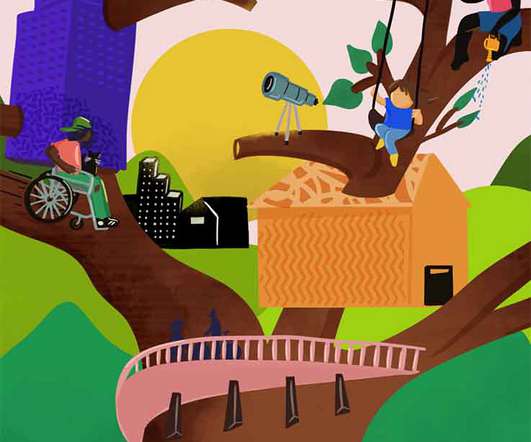How to Recharge a Nonprofit-Led Affordable Housing Delivery System
NonProfit Quarterly
SEPTEMBER 18, 2024
As investor-owned rental properties increase, the values of other homes in a neighborhood can decline, worsening the racial wealth gap. Currently, about 60 percent of housing stock comprises single-family homes constructed before 1980.












Let's personalize your content